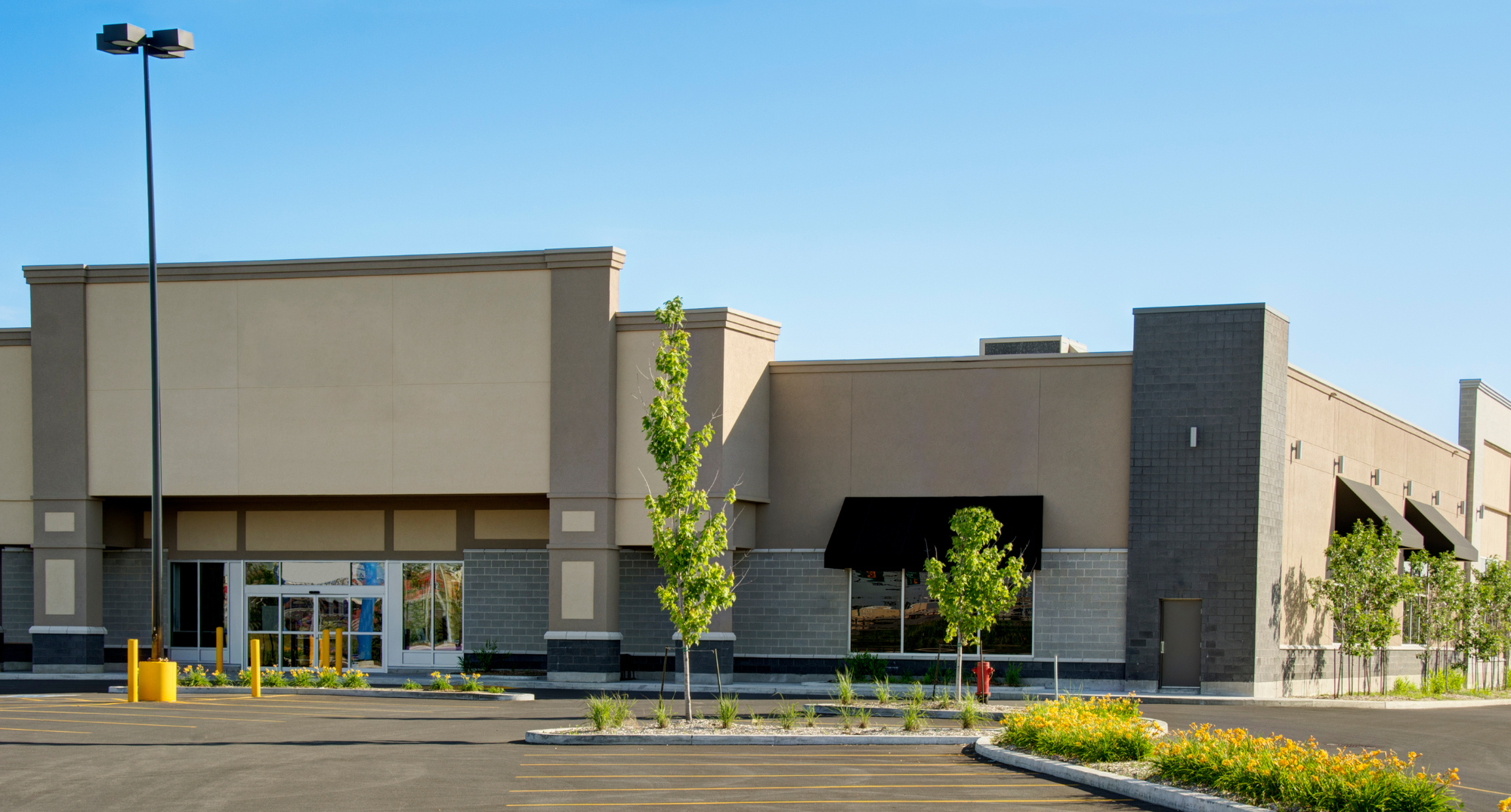Whether you are the seller, buyer, lender, or other stakeholder in a commercial real estate property transaction, it is important to evaluate your environmental risk and secure the future value of your property. It is important to have an Environmental Site Assessment (ESA) done early on during the property transaction due diligence period before the closing date to allow time for go/no go decisions and additional assessment (if warranted) to prevent any delays in the process.
Listed below are the three types of Environmental Site Assessments you may need to have done before closing your next property transaction.
Phase I Environmental Site Assessment (ESA):
CRG Texas provides Phase I Environmental Site Assessments in accordance with ASTM E1527-21 and EPA All Appropriate Inquiry standards provide:
-Identification of recognized environmental conditions associated with the subject site and surrounding sites that may pose a threat of environmental risk to stakeholders.
-Qualify innocent landowners, prospective purchasers, and lenders for “Landowner Liability Protections” (LLPs) afforded under CERCLA
Phase II Environmental Site Assessment (ESA):
CRG Texas provides Phase II Environmental Site Assessments in accordance with ASTM E 1903-11 standards for environmentally sensitive properties that include but are not limited to:
Petroleum storage and fueling sites, manufacturing and industrial facilities, pharmaceutical and petrochemical plants, dry cleaning plants, auto repair mechanic and body shops, and other facilities where petroleum products and hazardous substances were used and relative wastes were generated.
Assessment activities include: soil and groundwater and surface water and sediment sampling, sub-slab soil vapor and ambient indoor air quality sampling, asbestos and mold surveys, and lead based paint bulk sampling.
Phase III Site Cleanup:
CRG Texas provides Phase III ESA Site Cleanup in accordance with Federal, State, and local government and industry standards for environmentally impacted properties:
• In-situ soil mixing/ stabilization
• Contaminated soil excavation, transportation, and disposal
• Petroleum & hazardous chemical tank removal and decontamination
• Tank hold flushing and soil washing
• Bio-remediation, Phyto-Remediation, and wetlands restoration
• Demolition and site restoration prior to a property sale
Non-Scope Environmental Considerations:
Non-ASTM Scope Considerations include and are not limited to: Wetlands, Threatened & Endangered Species, Lead-Based Paint (LBP), Asbestos Containing Materials (ACM).

